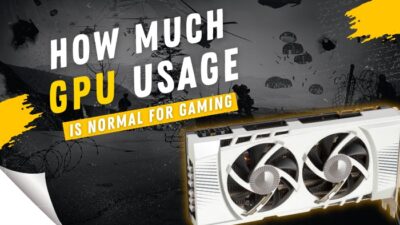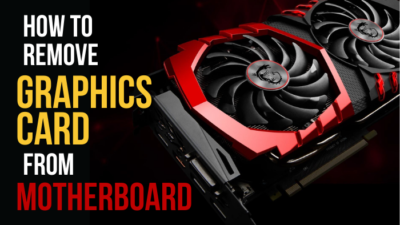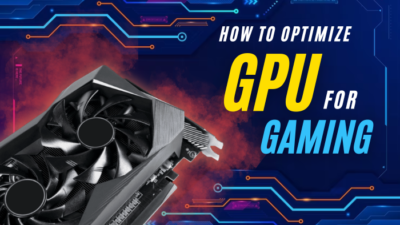Several variables, including the number of cores, memory bandwidth, and clock speed, influence the computing power of a graphics processing unit (GPU). Core and memory clocks are two essential elements that affect the graphics card’s performance.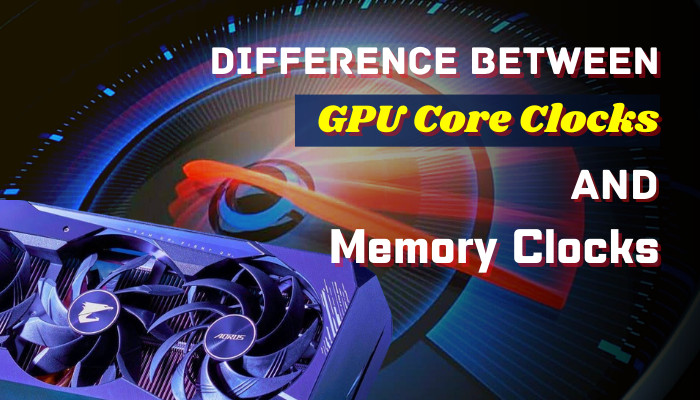
While both clock speeds appear identical, they serve distinct functions in a graphics card.
In this article, I will explain the difference between the core clock & memory clock of the video card.
Let’s get started.
What’s the Difference Between GPU Core Clocks and Memory Clocks?
The main distinction between graphics card core clocks and memory clocks is that the core clock decides how fast the graphics card processor can run to handle data. In contrast, the memory clock decides how quickly the GPU’s memory can read and write information.
The core clock is the speed at which the GPU’s computational cores work. It decides how many processes a graphics card can execute in a second.
The greater the core clock, the quicker the graphics card can execute computations. The core clock rate is expressed in MHz (megahertz) or GHz (gigahertz), and the frequency affects the computation unit’s speed.
On the other hand, the memory clock is the pace at which the graphics card’s memory functions. It controls the speed at which information moves between the graphics card’s memory and the computing unit.
The greater the memory clock, the quicker the graphics card can access information stored in its memory.
The memory clock velocity, expressed in MHz or GHz, impacts how quickly data enters and exits the graphics card.
Users can improve their gaming experience by changing the core and memory clocks. They can enjoy these advantages if they know how to optimize their GPU for gaming.
What are Core Clocks and Memory Clocks?
Memory clock rate means the operation rate of the GPU’s memories, whereas core clock velocity pertains to the performance of the GPU’s central processing unit. These two crucial elements influence the functionality of your system’s graphics processing unit (GPU).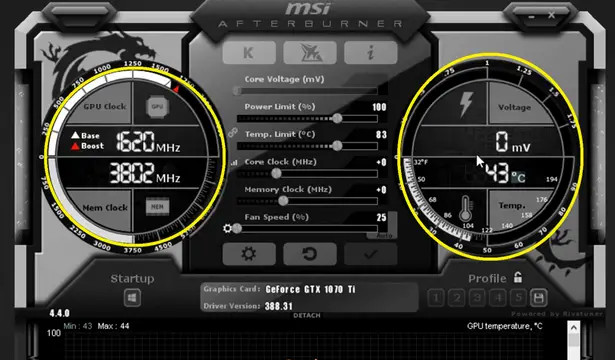
The core clock is the velocity at which the graphics card processor works. The unit of measurement is megahertz (MHz) or gigahertz. (GHz) for clock memory.
The core clock decides how many commands the processor can carry out in a particular period.
A speedier core clock implies the processor can finish more tasks per second, resulting in quicker speeds in graphics-intensive programs.
On the other hand, the memory clock is the velocity at which the graphics card’s memory works. The GPU’s ability to receive and process data from its memory depends on the memory clock, which is also expressed in MHz or GHz.
It’s crucial to remember that improved efficiency isn’t always associated with a higher core clock. The effectiveness and design of the graphics card processor also significantly impact how fast it runs.
Therefore, when evaluating GPUs, it’s crucial to consider both the core and memory clock.
Read more on how to Base Clock vs Boost Clock for CPU and GPU.
What is a Good Core Clock Speed for a Graphics Card?
The higher the graphics card’s clock speed, the better it is for productivity work or heavy gaming. Core clock speed is how fast your GPU (Graphics Processing Unit) runs and directly affects the overall performance of your graphics card or GPU.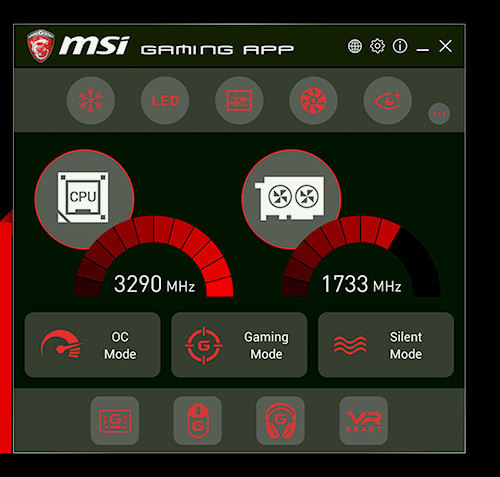
First, it’s essential to understand that various video cards have different core clock speeds, and there is no direct answer to this query.
The type of video card you’re using, the games or apps you’re running, and your personal preferences will all impact a good core clock speed.
In general, the higher the core clock speed, the better the graphics card performance.
However, it’s essential to note that directly increasing the clock speed does not always indicate the best result. Factors such as card memory bandwidth and architectural efficiency are critical to overall performance.
It is important to remember that clock speed is not the only factor affecting card performance. For example, a slower-clocked card with more processor cores will perform better than a faster one with fewer cores.
Here is a great way on why are GPUs so expensive?
What is the Best GPU Memory Clock Speed for Gaming?
Higher memory clock speed means more processing power, and more processing capability means a more fluid, better game FPS. A quicker core clock velocity indicates the GPU’s processor can perform more computations per second, resulting in faster rendering.
Regarding gaming, the most effective GPU memory clock speed is determined by various variables such as the game’s demands, display resolution, and Processor processing speed.
Higher clock speeds usually result in enhanced performance. However, there is a cap to the amount you can raise before having diminishing returns.
For instance, raising the memory clock speed might not result in substantial performance gains using a low-end graphics card with little memory capability.
On the other hand, raising the memory clock speed can result in substantial improvements if you possess a high-end graphics card with plenty of memory capacity.
To get more FPS in games users need to know how
From this example benchmark, we can see that the EVGA RTX 2060 card provides different FPS in games due to one of them increasing memory clocks. So, same-tier GPU users will gain a performance boost if their graphics card’s memory clock is increased.
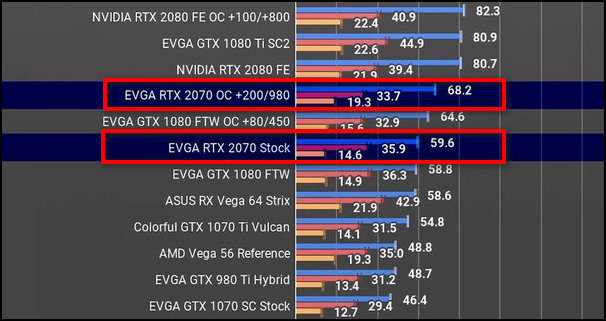
Also, related to this guide how long do GPUs last?
FAQs
Should I overclock the core clock or the memory clock?
Overclocking the core or memory clock is effective if you want to improve the overall performance of your system. So you can overclock both the core clock and the memory clock.
Is it safe to increase the GPU memory clock?
It is safe to increase the GPU memory clock if you follow the guidelines for boosting and take the necessary safety measures.
Is a higher core clock better for GPU?
A higher core clock speed indicates that a graphics card can perform more calculations per second, but it is not the only factor influencing a GPU’s total performance.
Conclusion
The core and memory clock are vital parts of a graphics card that influence how well it performs. The core clock indicates the speed at which the processing unit works.
On the other hand, the memory clock displays the speed at which data enters and exits the graphics card’s memory.
Although there is no connection between these two clock rates, increasing either can enhance GPU performance based on the application’s needs.

